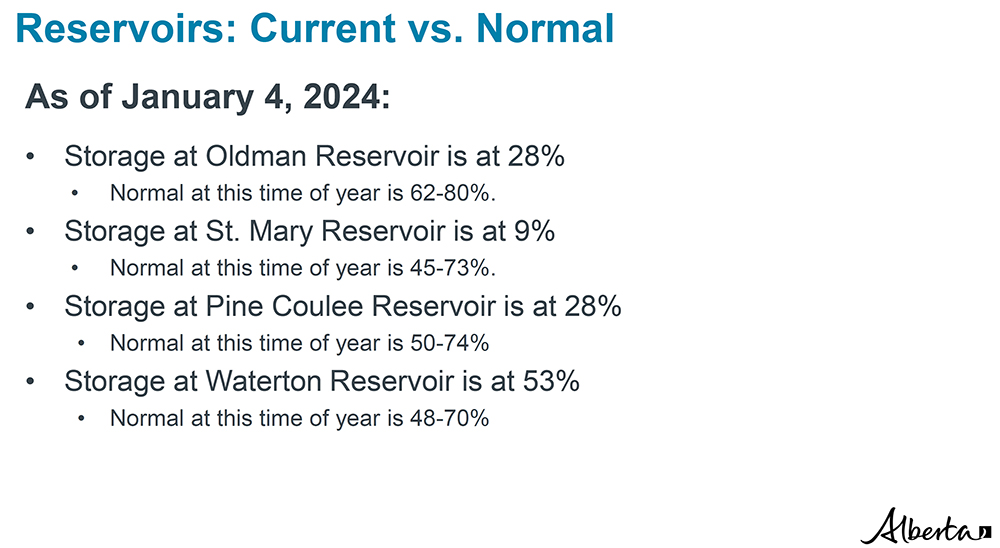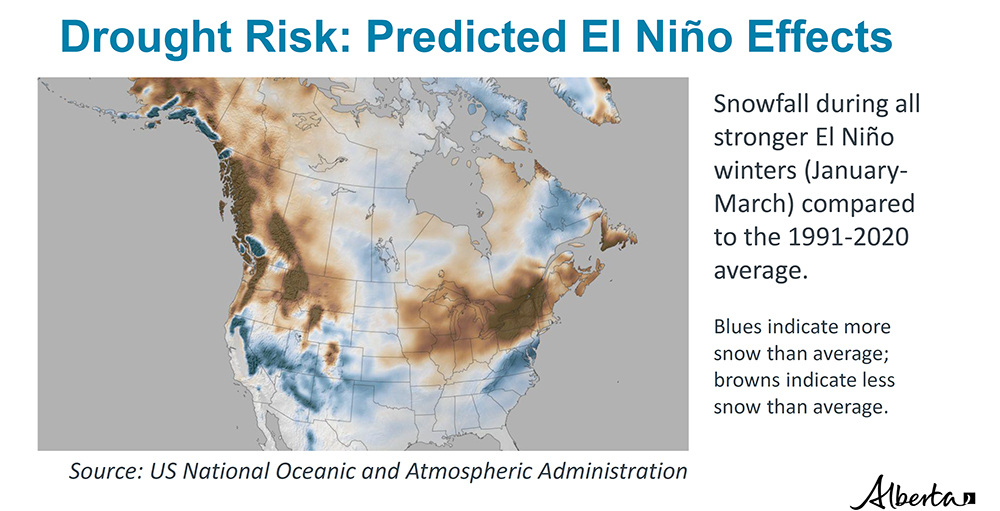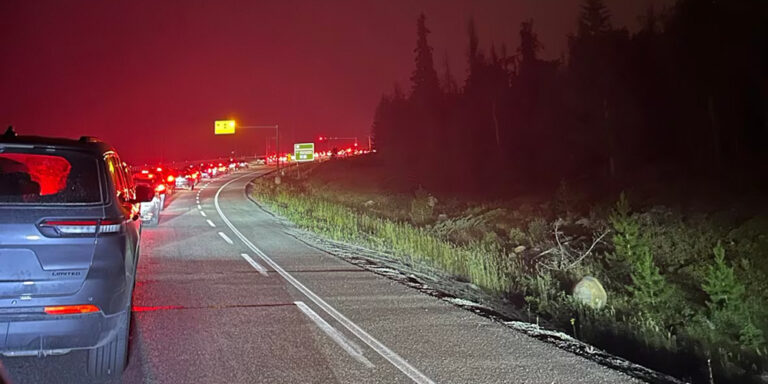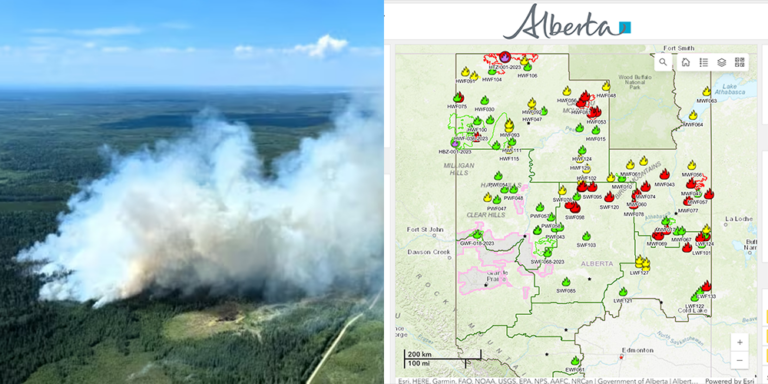It’s February in the Rockies.
In other words, it’s long johns, buffs, scarves, thick gloves and puffy jacket season. Normally, that is.
With frequent record-breaking high temperatures this year, it’s felt more like spring than mid-winter in the mountains.
Creeks that should be frozen are gurgling to life.
Electric green moss is poking through the forest floor.
And the mountain snowpack is alarmingly low in some places.
Snowpack, What Snowpack?
According to Dr. John Pomeroy, a Canmore-based hydrologist and the Director of the Global Institute for Water Security, the snowpack in the Rockies west of Calgary is just 30 percent of normal.
It’s lower than it was at the same time last year, and last year wasn’t a big one for snow.
That’s a huge concern for a lot of reasons.
Rivers that rise in the Rockies and flow east are already feeling the effects of a multi-year drought.
It could be a tough summer ahead for farmers and fish if we don’t get another blast of winter.
It’s also bad news for forest fires.


Will Alberta Burn Again This Year?
“It’s time to become concerned about this. Yes, we can still have some storms sweep through and build up our snowpack at the last minute, but that’s becoming less and less likely every day,” Pomeroy said in a recent story for Global News.
“Snow is melting at high elevations in the alpine in January; I’ve never seen this before; we are actually losing snowpack rather than gaining it in winter.”
Pomeroy called it “a very dangerous direction.”
Albertans are getting the message and are getting very worried.
Parks Canada is logging a nearly 50-hectare fireguard near the border of Banff and Yoho national parks as a preventative measure.
.
This area along the Great Divide is known for getting lightning strikes, Alberta’s greatest single cause of wildfires.
“Because of climate change, the fire seasons are starting earlier [and] they are longer. The fires themselves are more intense, so what we are trying to do in Parks Canada is being prepared proactively,” said Shelley Tamelin, a wildfire risk reduction project manager with Parks Canada.
Local Preparations
Further north, the people of Edson are holding their breath about what Mother Nature has in store for them this summer.
The town’s 8,400 residents were forced to evacuate twice in a month due to wildfires.
When last year’s fire jumped the McLeod River, it came close to destroying Willmore Park and its hiking trails, bike skills park, and campground.
“Unless you go through that in your community, I don’t think you realize the impact it has,” Edson mayor Kevin Zahara told CBC News.
He said town officials are currently working with leaders in the surrounding Yellowhead County to prepare for this season.
Yellowhead County is hosting a series of three-hour Fire Smart sessions for people living on farms and acreages.
Efforts include clearing trees and placing sprinklers to help protect property.
Wade Williams, mayor of Yellowhead County, said they’re also repairing and replacing fire gear and ensuring they have the equipment they need.
A big challenge last year was that lakes were still frozen when forest fires flared up at the end of April.
“Scoop planes would not work, helicopters could not dip water,” said Williams.
Residents like Shari McDowell have a go-bag with essential items already packed.
“My camper is packed. It’s been packed since last summer,” said McDowell, the Galloway Station Museum and Travel Centre Manager in Edson.
The forecasts are frightening. There’s a long-lasting drought, about 60 forest fires from last year that didn’t stop even during winter, and new fires that began this year. This means 2024 is on track to beat last year and become the worst year for fires in our province’s history.
Is the province ready?
Many don’t think so.








